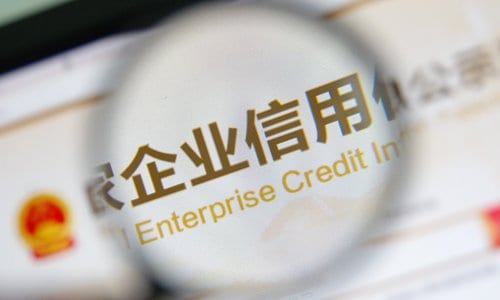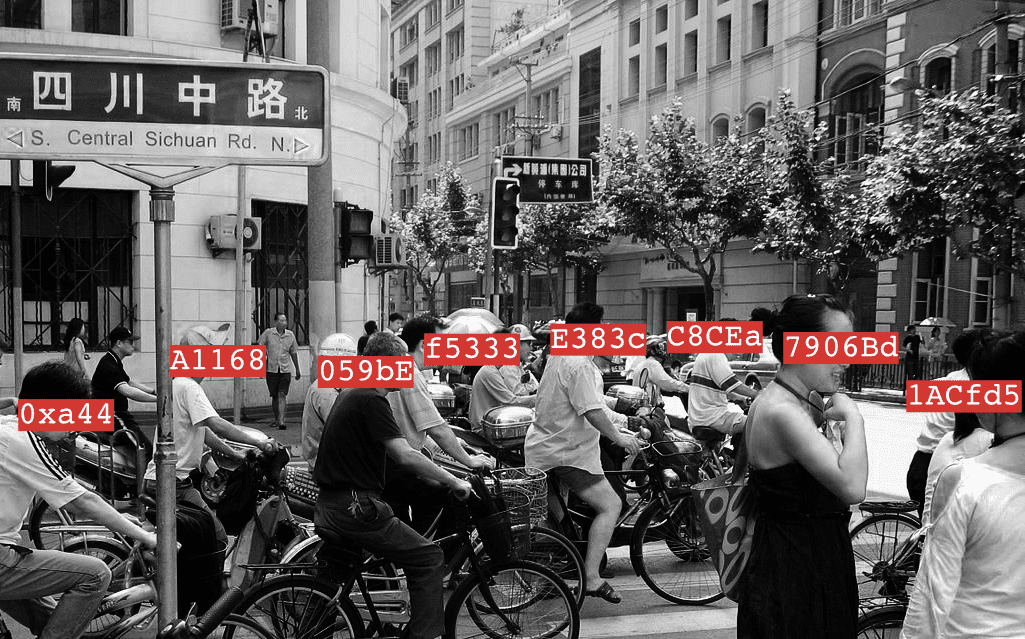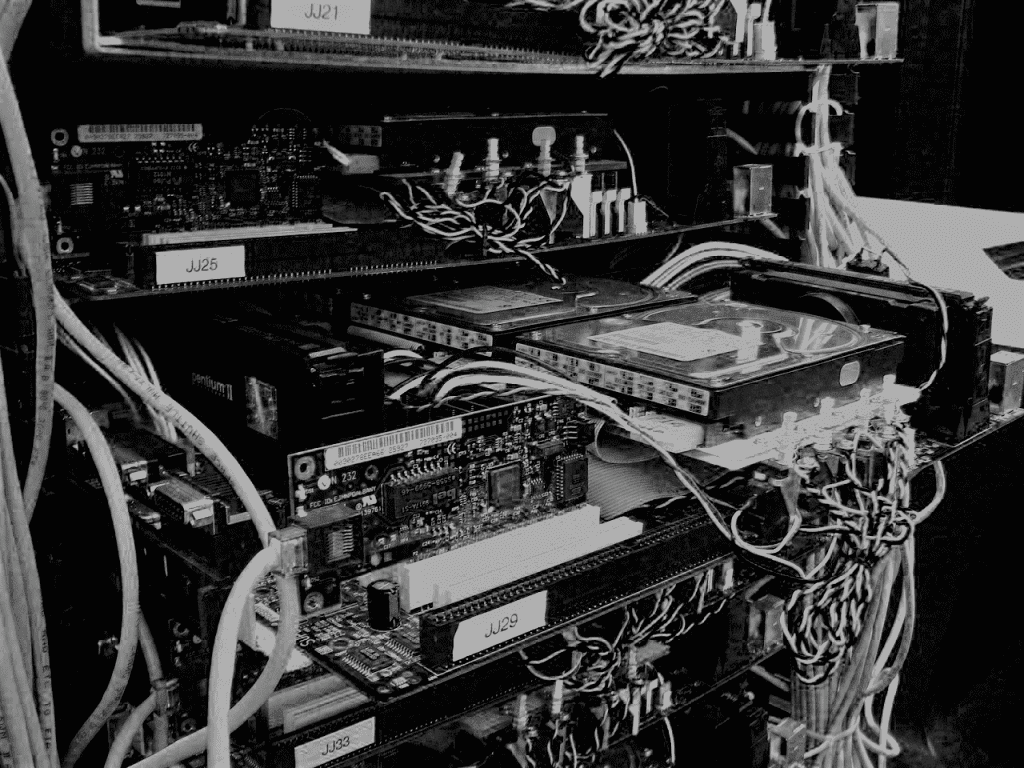The Corporate Social Credit System centralizes all data on entities in the Chinese market, and confront these entities with a set of punishments and rewards associated with their behaviors. How to check your status?
By gathering all the information, the various government authorities aim to implement the underlying SCS doctrine: “if your activity is restricted somewhere, then you are restricted everywhere“.
By giving the public access to credit scores, the system also encourages market participants to create incentives for each other without direct government intervention. Indeed, the CSCS highlights the importance of exercising due diligence with regard to its economic partners, key personnel, suppliers, etc. in order to avoid downgrading through contamination.
Different platforms have been created to serve credit data to the general public at the national level: the National Enterprise Credit Information Publicity System (NECIPS), the CreditChina website and the “National “internet + Monitoring” System” (NIMS). In addition, several state agencies[1] and local governments are building their own platforms, whose information should flow upstream at the national level.
To date, the sharing of data between these platforms is not yet fully effective, the files that appear on one platform are often impossible to consult on the others, and searches require a certain knowhow. NIMS is still in the testing phase and should be addressed in the future. Some information are available on both CreditChina and NECIPS, along with local and industry-specific platforms. This information allows to conduct preliminary research on your business partners, suppliers and key personnel. It also allows to monitor your own credit score in order to take appropriate credit restoration/complaint action in a timely manner.
To structure the databases, all companies operating in China (including local subsidiaries of foreign companies) have been assigned a Unified Social Credit Code – a common identifier used across all Corporate SCS related datasets. This code can be used to conduct your online searches.
- The National Enterprise Credit Information Publicly System (NECIPS)
NECIPS is set to become the reference platform for detailed information on SCS company records, although the website is not yet as comprehensive as contemplated by the Government. As such, it is described as the “ground zero” for corporate due diligence. It is also used as a data management portal where companies can upload their basic information and annual reports. All provinces, municipalities and autonomous regions have their own public credit information systems at the provincial level, with a varying spectrum of information. The exchange of data between local and national platforms is still fragmented and poorly interconnected, so that companies are not always confronted with the extent of the penalties provided for.
The data transferred on the platform include:
- Basic Information : company type, establishment date, registration authority, names of the legal representative and other individuals appointed in corporate functions as director, supervisor or general manager ; operational license and business scope, registered capital; legal address; shareholders ; subsidiaries ; registrations of movable property mortgages and of equity pledge ; Intellectual property dispossession records ; trademark registration ; permits and product quality inspection results ; as well as notices of company dissolutions, and frozen assets.
- Administrative certifications
- Administrative penalties
- Operational irregularities (watchlist): the records indicate the reason for being added on a list of enterprises with abnormal operations (watchlist), the decision-making body and the date of inclusion. As being added for too long on a watchlist can trigger a blacklisting, companies should take measures promptly when appearing on these records.
- List of untrustworthy entities (Blacklist): the records indicate the reasons for inclusion on a specific blacklist, the date of inclusion and the decision-making body. It also indicates the reason for getting removed from a blacklist, the date of removal and the decision-making body of such restoration.
The convergence of data breaks the formerly isolated information islands among authorities. In theory, there will be less room for enterprises to hide its incompliance activities by making use of the information asymmetry among different authorities[2].

- CreditChina
CreditChina is the user-friendlier research tool on SCS records to this date, although inquiries cannot be conducted in English. The platform publishes key credit information on companies and individuals, including a list of blacklisted entities. In November 2019, the National Development and Reform Commission policy research office announced the total number of collected credit information records on individual and companies at 37 billion, with 156 million administrative licensing records and 20.6 million administrative penalty records accessible online.
Information available on the platform include:
- Licenses and permits
- Administrative Penalties
- Redlisting entries
- Blacklisting entries
- Irregularity lists
In mid-July 2019, the NDRC launched a standardized credit restoration mechanism on the CreditChina website. Companies with negative records can apply online, either to challenge the rating or to have it reinstated. Depending on the type of negative record (e.g. the seriousness of the acts that led to the blacklisting), different documents may be required from the company, such as proof of participation in credit training. However, not all blacklisted entries can be restored, and the most serious violations are listed for a minimum of three years.
- The Comprehensive Public Credit Rating
Social credit is often conceptualized as an overall rating addressed to its targets. It should be noted that there is currently no such thing as a “national rating”. Rather, the CSCS encompasses a multitude of different industry-specific ratings and local/national compliance records, interconnected or not, more or less constraining.
The government intends to address a global public rating to each market player. This rating will be based on a multiplicity of data, the extent of which has not yet been revealed, and will divide companies into four categories: 1. Excellent (优) 2. Good (良) 3. Average (中) 4. Poor (差).
In September 2019, NDRC announced for the first time the completion of credit assessments of 33 million market entities operating in China. This rating is the closest analogous to a national social corporate credit rating, but government documents indicate that it will not take precedence over local or sector ratings. Moreover, only a very small portion of these ratings have been made public, specifically targeting the travel, transport and energy sectors, and no list has been published for companies with a “good” (良) or “average” rating (中). More on this will be addressed in our next post.
At this stage, it is interesting to note that these ratings have not been included in any centralized database, such as CreditChina or NECIPS, but published in a NDRC “communication” schedule. It is fair to assume that this “national rating” will eventually be added to the national Internet Monitoring System (still under construction).
Self-research and evaluation in national database
To search for your company, or any of its subsidiaries, you can visit CreditChina’s official website or the National Enterprise’s Credit Information Publicly System. The example below uses CreditChina platform, the easiest way to assess your compliance at the time. Our Chinese lawyers can help you navigate your way through this data universe and take the necessary steps to restore your social credit or to oppose an unfounded downgrading decision.
Note that extensive researches should also include the local and industry-specific online databases for the city a company is located at, as well as privately-run credit information platforms.
- Insert the name of your company or its Unified Social Credit Code in the search bar and press enter. The location of your company and every of its subsidiary will be listed on the page. You can then choose the entity you want to assess.

- The credit records of the company, along with some basic information on the business, are recorded in the system. In the example below, we chose to analyze a company which was evaluated by the NDRC in September 2019 and obtained a “Poor” rating. As indicated by the circled number, the company has 3 administrative permits, 1 administrative penalty, 2 red list entries and 1 blacklist entry. By clicking on the corresponding tab, further information will be provided on the respective entries (e.g. the date of entry, the responsible authority and the detailed rating).
- In case of negative record – Administrative penalty or Blacklisting entry– a company can choose to either repair its credit record or submit a complaint through the Appeal system. A business with “irregularities” should directly address this issue before such irregularity turns to a more severe penalty or blacklisting.

Summary:
Although the collection and standardization of the data collected is not yet optimal, China has undertaken a Herculean task since 2014. The number of platforms (public and private) for centralizing information is set to increase, and the interconnectivity between these platforms with it. In the long term, the government wants instantaneous and standardized information sharing. This would mean that the slightest sanction in a specific area (tax, custom, etc.) and in a specific locality could have repercussions on all the company’s activities at the national level. The centralization of information, combined with a mechanism of contamination via its key employees or economic partners, highlights the importance of preparing for the CSCS and conducting the necessary due-diligence as quickly as possible. For more information, please contact us .











